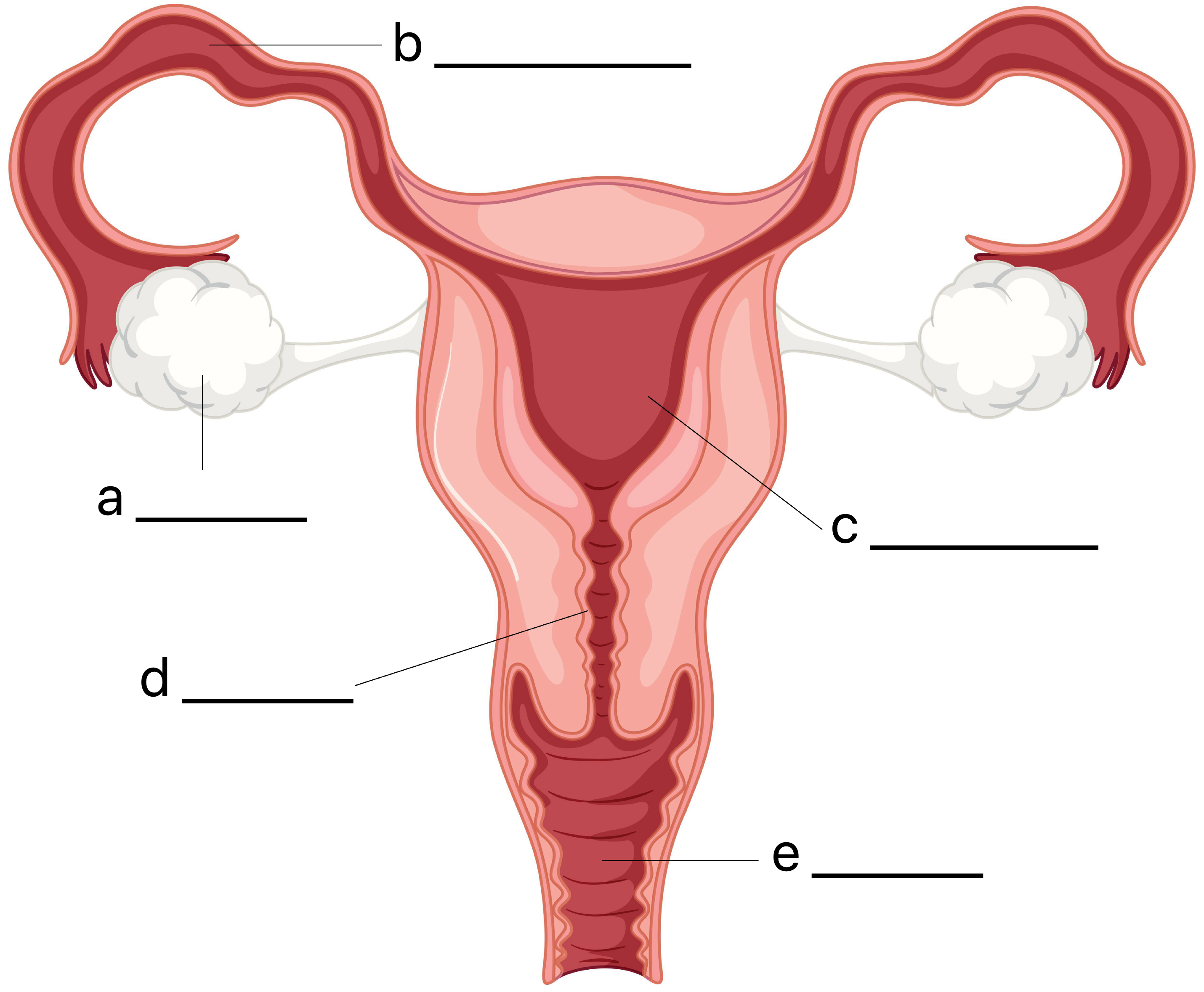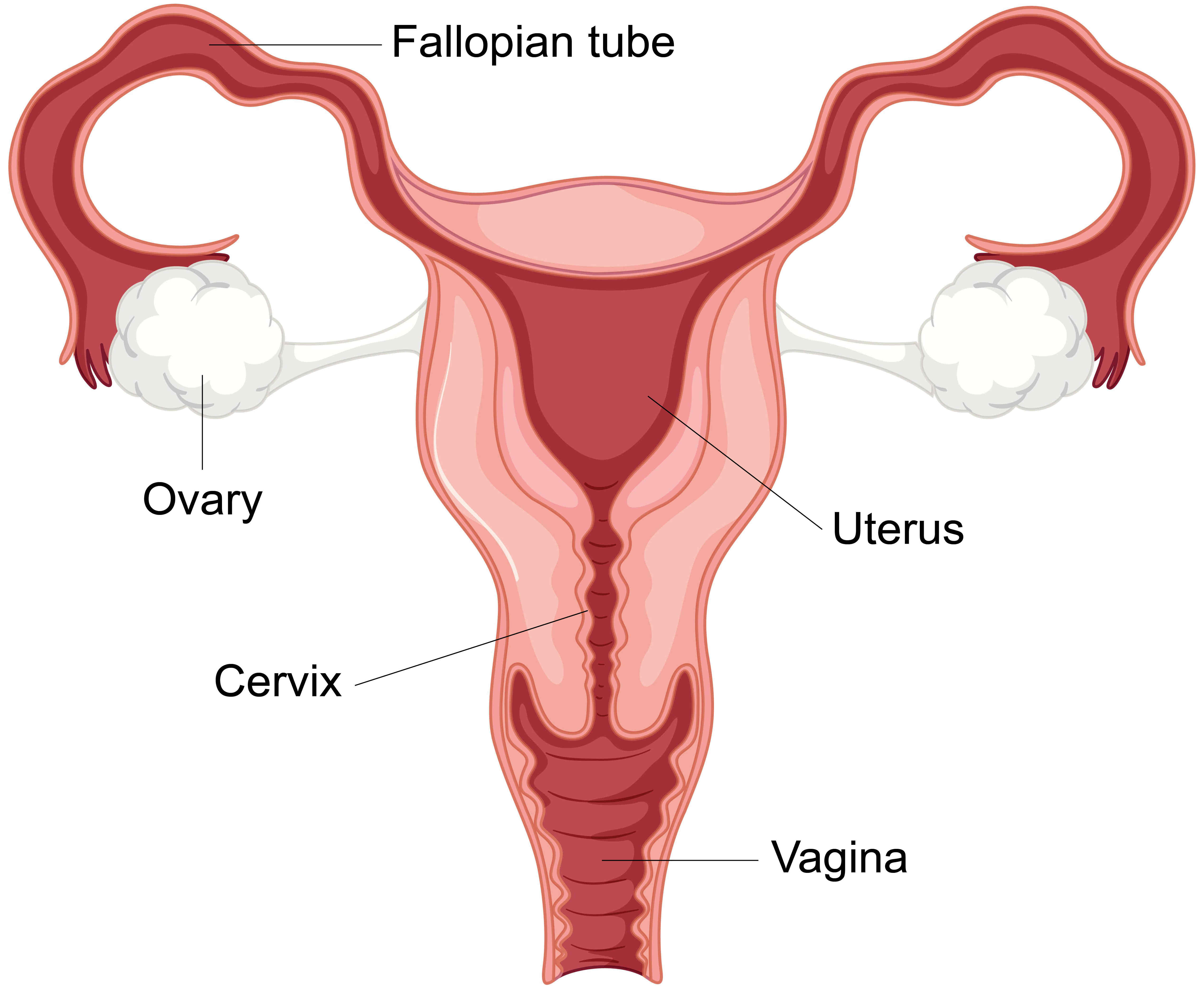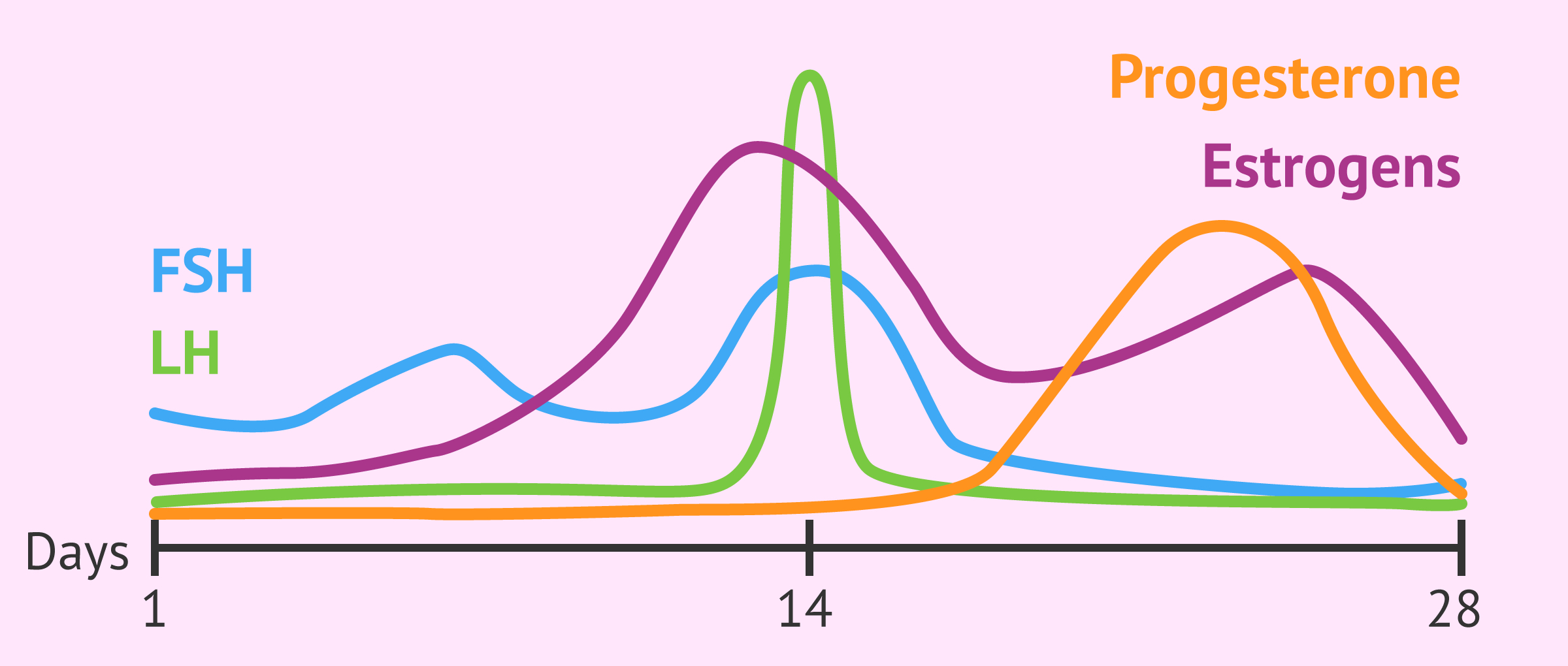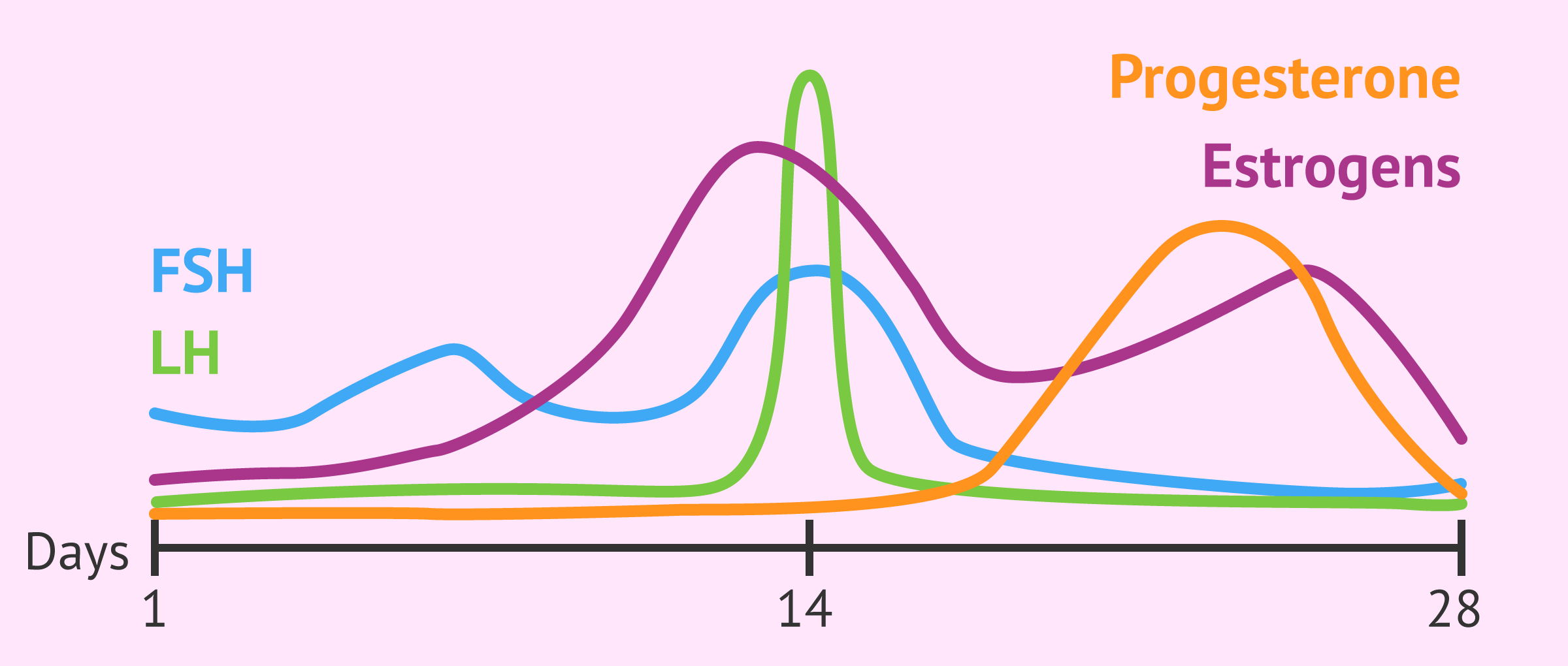5.3.4 - hormones in human reproduction (HOMEOSTASIS)
1/14
There's no tags or description
Looks like no tags are added yet.
Name | Mastery | Learn | Test | Matching | Spaced |
|---|
No study sessions yet.
15 Terms
what is a hormone?
a chemical messenger that controls body functions and is secreted by a gland in the endocrine system
how are hormones transported to their target organs?
in plasma/in the bloodstream.
in the circulatory system.
what is puberty?
when the body starts releasing reproductive hormones, which trigger the development of secondary characteristics
what is the main male reproductive hormone?
where is it produced?
what is its role?
testosterone.
produced by the testes.
stimulates and controls sperm production.
what is the main female reproductive hormone?
where is it produced?
what is its role?
oestrogen.
produced by the ovaries.
it controls the menstrual cycle.
what are the 4 female reproductive hormones involved in the menstrual cycle?
FSH, oestrogen, LH, progesterone
what is the menstrual cycle?
the monthly cycle of physiological changes in the female body to prepare it for potential pregnancy.
it involves the shedding of the uterus lining (menstration) and ovulation.
what are the stages of the menstrual cycle?
The uterus lining breaks down, and the woman has her period (Day 1).
The uterus lining thickens and eggs begin to mature in the ovaries.
A mature egg is released from the ovary and moves to the uterus via the fallopian tube - this is ovulation (Day 14).
The uterus lining stays thick, ready to receive a fertilised egg.
If a fertilised egg hasn’t been embedded in the lining by Day 28, the egg and the uterus lining are shed during menstration; the woman has her period.
why does the uterus lining thicken during the menstrual cycle?
it gives more room for blood vessels, to provide nutrients for the zygote.
increased thickness and surface area allows for the attachment of the zygote.
it becomes thicker to form placenta.
increased glands for secretion.
where are each of these hormones secreted?
FSH
oestrogen
LH
progesterone
pituitary gland.
ovaries.
pituitary gland.
the egg follice of the ovary.
how are the hormones FSH, oestrogen, LH and progesterone involved in controlling the menstrual cycle?
FSH stimulates oestrogen production.
FSH stimulates egg maturation in the ovary.
oestrogen stimulates greater LH production.
oestrogen inhibits FSH production.
oestrogen causes the regrowth/build-up of uterus lining.
LH stimulates ovulation - the release of a mature egg from the ovaries.
progesterone inhibits FSH and LH production.
progesterone maintains the uterus lining and supports a pregnancy if the egg is fertilised.
what does FSH stand for?
follicle-stimulating hormone
what does LH stand for?
luteinising hormone

label the parts of the female reproductive system
a) ovary
b) fallopian tube
c) uterus
d) cervix
e) vagina


the diagram shows the menstrual cycle.
explain why the levels of the different hormones constantly change in the diagram.
the level of FSH rises, triggering the ovaries to release oestrogen.
as the level of oestrogen rises, the level of FSH falls, as oestrogen inhibits FSH.
oestrogen triggers the release of LH, which rises to a peak at day 14 when ovulation happens.
LH triggers the release of an egg, and once this happens the ovary releases progesterone.
the level of progesterone rises to maintain the uterus lining.
if fertilisation doesn’t happen, the progesterone level falls again and the woman has her period.
